- Why Is Technical SEO Important?
- Technical SEO Guide - 18 Elements You Should Know About
- Technical SEO Guide – The Takeaway
Why Is Technical SEO Important?
Are you wondering why it’s worth investing your time and money into technical SEO? In a nutshell, technical SEO is important, as it ensures that a website is easy to navigate and free of errors that might hinder browsing. Thanks to technical SEO, pages can be seamlessly navigated, and understood by both users, and search engine robots. This translates into greater traffic, visibility, and conversions. That's why we created this technical SEO guide, to help you improve your website. With our guidelines, you'll be sure to take care of all the necessary elements and boost your website's performance. And if you need help with the technical side of your website -try our technical SEO services!Technical SEO Guide - 18 Elements You Should Know About
If you want to make technical changes to the site, check out our technical SEO guide on the most important technical elements of your website:1. Redirects
Redirects are created so that a web page can be reached by entering more than one URL. A website can have various versions including https, http, with or without www. Moreover, it’s also important to ensure that your page has adequate language versions that can be freely chosen by users. Redirects are introduced for several reasons:- to shorten URLs,
- to avoid broken links and 404 errors, after removing a given page is removed,
- to show users and search engine robots the main page version,
- when two or even more sites are merged.
 Keep in mind that there are several types of redirects that have a great impact on SEO. How do they differ and which solution is better for your website?
Keep in mind that there are several types of redirects that have a great impact on SEO. How do they differ and which solution is better for your website?
- 301 redirects are permanent
- 302 redirects are temporary
2. Sitemap
Sitemap is a file that contains a list of all your website’s pages and elements. It can be compared to a map. What does it mean? Thanks to it search engine robots can crawl your website more effectively and find all the pages much easier. Moreover, you can also use the sitemap to guide search engine robots and inform them which pages should be crawled and indexed first. This helps to save the crawl budget which determines how frequently crawlers visit your website, and how many pages they crawl. Although this file isn’t obligatory, and websites can function without it, Google has officially confirmed that XML sitemaps are one of the most important sources of information concerning URLs. Therefore, creating a sitemap can significantly boost your positions in the SERPs. Remember that a correctly implemented sitemap should:- include only canonical URLs,
- use UTF-8 encoding,
- use hreflangs to indicate different language versions,
- use consistent URLs as Google will index pages in the listed forms,
- use various extensions if you want to include other types of content, for example, videos, or images.
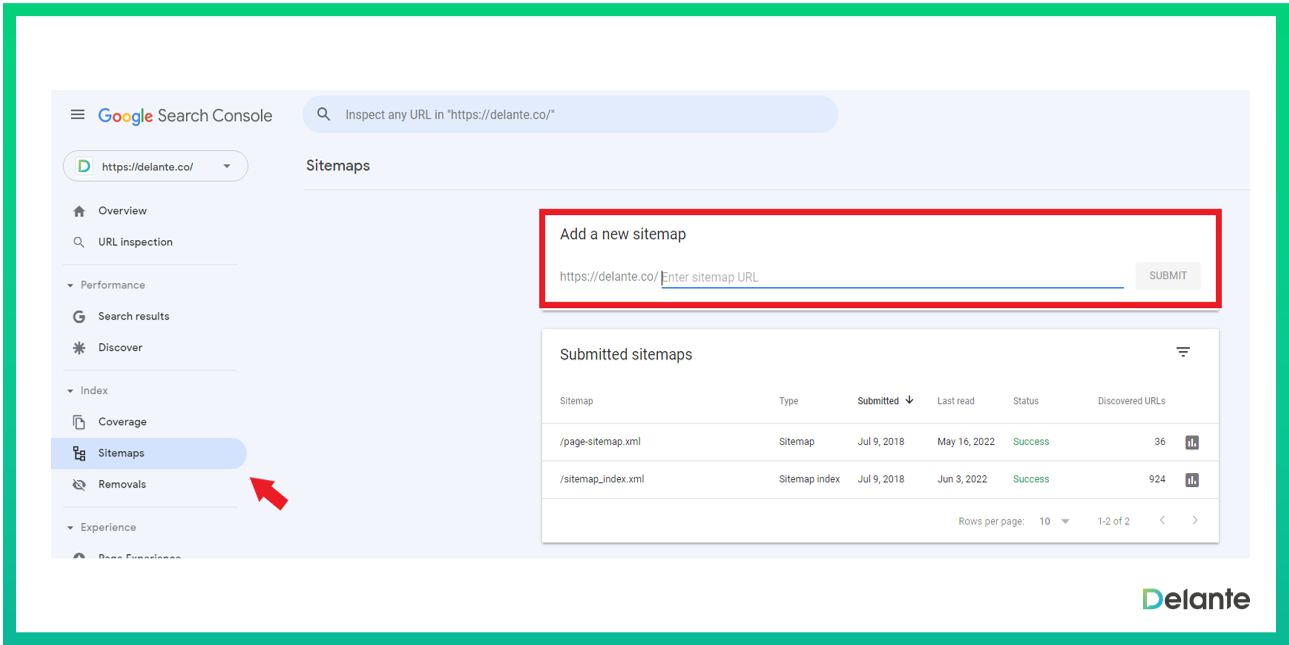 To learn more, read our entry: Sitemap for SEO – why should you care?
To learn more, read our entry: Sitemap for SEO – why should you care?
3. Page Speed & Core Web Vitals
Page speed is one of the first things you need to improve when you start implementing technical SEO. If your website doesn’t load fast enough, users will leave it and Google knows it. That’s why pages that load more than 2, or 3 seconds usually aren’t ranked high. To improve your page loading time, use these quick wins:- resize images on your site – if they’re too heavy, they’ll slow down the site,
- compress your code – minify the HTML, CSS, and JavaScript code and make it cleaner,
- reduce SRT – the amount of time your server needs to respond,
- upgrade hosting,
- work on improving your Core Web Vitals results,
- introduce correct 301 redirects – especially when the redirect chain is too long.
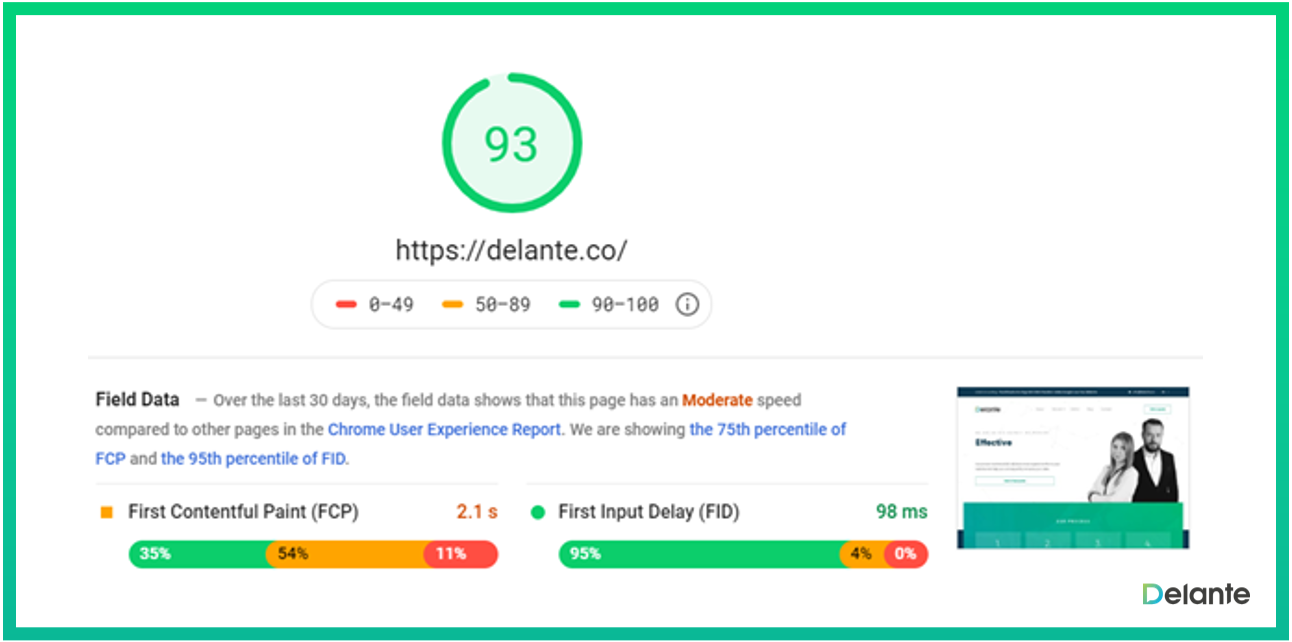 Since the tool was officially introduced by Google, you can be sure that these elements are really important to the search engine.
If you would like to learn more about page speed, check our article: Website speed importance in SEO
Since the tool was officially introduced by Google, you can be sure that these elements are really important to the search engine.
If you would like to learn more about page speed, check our article: Website speed importance in SEO
4. Duplicate Content
Have you ever heard of Panda? This Google algorithm was introduced in 2011 to penalize websites that have an excessive amount of internal and external duplicate content. The search engine rewards websites with high-quality, unique, and user-friendly content. If you want to check the level of internal duplication, there are several tools that will come in handy: Ahrefs, Screaming Frog, or Siteliner. The last one quickly generates a report with useful tips. To avoid high levels of internal duplication:
To avoid high levels of internal duplication:
- indicate your main page address, and use canonicals,
- create high-quality, unique content for each page,
- don’t copy categories or product descriptions,
- make sure that language versions are implemented correctly, and all elements are translated,
- prepare unique titles and meta descriptions.
5. Crawl Errors
In the ideal world, Google should be able to easily index all your pages. This way, your website can appear in the organic search results and rank for more keywords. Unfortunately, sometimes Google isn’t able to index your website effortlessly. To solve the problem, you should visit Google Search Console and the Index Coverage report to check for the most relevant issues that should be fixed in the first place. The list includes:- 404 error – a page has been removed,
- 500 error – the internal server error,
- noindex – a page has the noindex attribute in the source code and robots can’t index it,
- redirect error.
6. Security
If you haven’t switched from HTTP to HTTPS yet, it’s high time you did it. This protocol guarantees safer encryption of the transmitted data. Thanks to it, users can sleep soundly knowing that their online activities are fully secure. HTTPS has been a standard for years and the vast majority of global traffic across Google is already encrypted. [caption id="attachment_54523" align="aligncenter" width="1293"]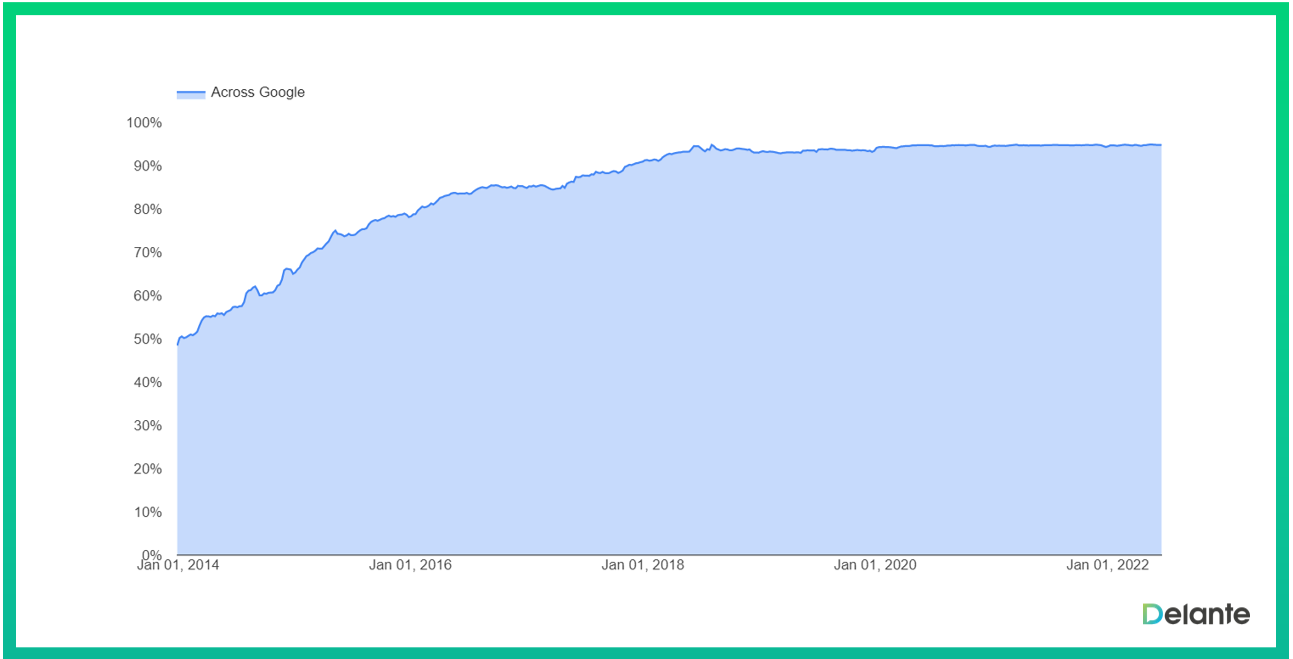 Encrypted traffic across Google https://transparencyreport.google.com/https/overview?hl=en[/caption]
Wondering what an SSL certificate is, how it works, and how to get it? Check out our blog!
Encrypted traffic across Google https://transparencyreport.google.com/https/overview?hl=en[/caption]
Wondering what an SSL certificate is, how it works, and how to get it? Check out our blog!
7. Mobile-Friendliness
The number of mobile devices increases every year. What does that mean? Simply put, you need to optimize your website for smartphones, and tablets. Without this, you lose a really valuable source of traffic, as Google doesn’t rank high pages that aren’t mobile-friendly. If you want to optimize your website for mobile devices, you should pay special attention to:
If you want to optimize your website for mobile devices, you should pay special attention to:
- website speed – often pages load much slower on mobiles than on desktops, therefore, you need to take care of the right page loading time (PageSpeed Insights will show you two separate reports for mobiles and desktops);
- responsive design – every page should easily adapt to different screen sizes on every type of device: desktop, tablet, and mobile;
- user experience – make sure that users can easily navigate the page. Remember about the right font size, buttons, and clickable elements.
8. Structured Data
Structured data helps crawlers better understand your website. Implementing it will allow you to be displayed as featured snippets. This means that your website can be shown on Google together with useful pieces of information concerning elements such as prices, sizes, dates, addresses, and more. The most widely used structured data tags include books, movies, places, local businesses, products, and more! Moreover, Google also provides its own tool to test structured data tags. With its help, you can check out if these elements have been implemented properly on your website. Thanks to structured data, Google has also shown additional information about these recipes: rating, ingredients, and preparation time.
Thanks to structured data, Google has also shown additional information about these recipes: rating, ingredients, and preparation time.
9. Breadcrumbs
Breadcrumbs are implemented to show users their location on the website. The process isn’t complicated, and can really benefit the SEO process. Thanks to them, visitors can easily specify where they’re and how to return to the previous page or category. Breadcrumbs are usually placed on top of the page and they play an important role in SEO. Why? Because they make it easier to build an internal link structure, which translates into more effective indexation.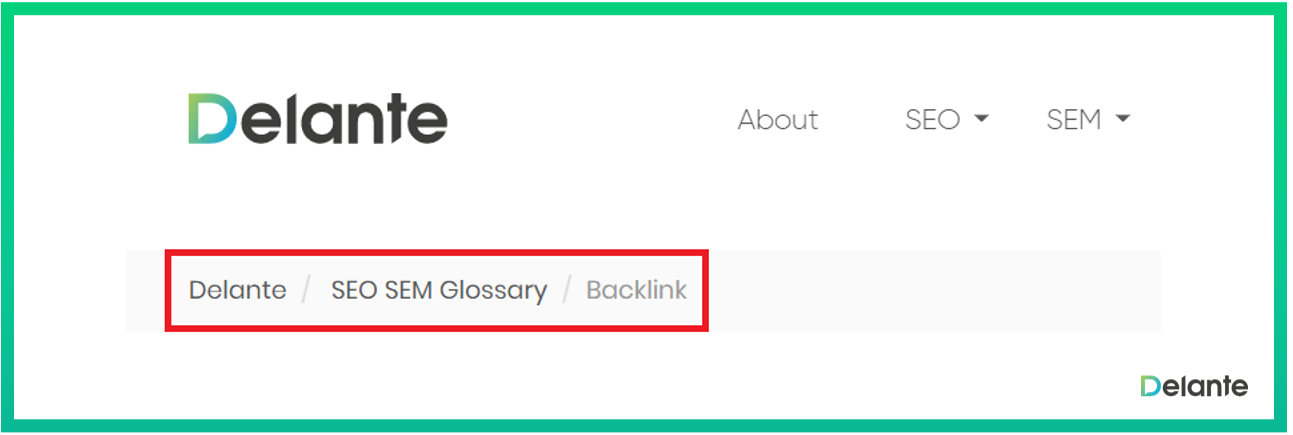 Apart from that, properly introduced breadcrumbs can also be displayed in the search results, which may additionally encourage users to visit your site.
Apart from that, properly introduced breadcrumbs can also be displayed in the search results, which may additionally encourage users to visit your site.
10. Canonical URLs
Canonical is a tag added to the <head> section of a website to indicate which page version should be treated as the main one, and which one is a copy. It can be used in many situations, e.g., when you have both http and https page versions. As it’s been already mentioned, not implementing canonical tags can increase internal duplication which is perceived negatively by Google. Therefore, if you have the same content on several pages, it’s worth introducing rel=canonicals. This way, only the page tagged as canonical will be indexed by Google robots.
Want to learn more about canonical URLs? Check our article: rel = canonical. What are canonical URLs for?
As it’s been already mentioned, not implementing canonical tags can increase internal duplication which is perceived negatively by Google. Therefore, if you have the same content on several pages, it’s worth introducing rel=canonicals. This way, only the page tagged as canonical will be indexed by Google robots.
Want to learn more about canonical URLs? Check our article: rel = canonical. What are canonical URLs for?
11. Hreflangs
Does your website have two or even more language versions? In that case, hreflangs are an absolute must-have! Hreflangsinform search engines that your website has several language versions and they help to guarantee that visitors from different countries access the right language version of your page. Thanks to hreflangs, users are redirected to the language version that corresponds to their location, which helps to decrease the bounce rate. What’s more, with hreflangs your page versions won’t be categorized as duplicates. This could be particularly problematic in the case of websites that have one language version but target two different countries, such as e.g., the United States and the United Kingdom.12. Robots.txt
Robots.txt is a simple file that streamlines communication with Google crawlers and allows you to effectively guide them. It’s natural that you don’t want the robots to access all your pages. For this reason, it’s worth creating the robots.txt file which contains a list of URLs that shouldn’t be indexed and crawled by the search engine robots. Which elements shouldn’t appear in the Google index? These are pages like terms and conditions, privacy policies, user panels, shopping carts, order procedures, or internal search engines. Of course, the complete list will depend on the type of your website. What should you know about robots.txt?- each site can have just one robots.txt file,
- it’s crucial to name the file “robots.txt”, you shouldn’t use any non-standard words instead,
- the file should have a UTF-8 encoding (with ASCII characters),
- two of the most important elements in the file are disallow (the listed elements shouldn’t be crawled) and allow (they can be crawled).
13. URL Structure
To rank high in Google, your website should be as user-friendly as possible. This point of our technical SEO guide refers to URLs. How to create them to ensure that they’re transparent both for users and search engine robots? Make sure that your URLs:- have an appropriate structure and include your domain name (e.g., delante.co), category name, and product name,
- consist of individual words separated with hyphens (e.g. technical-seo-complete-guide), they shouldn’t contain underscores (“_”),
- are transparent and indicate the page content,
- aren’t too long (they should contain maximally 115 characters),
- are unique and different for each page within your website.
http://site-address.com/products/product-name
14. AMP
Have you ever heard about AMP? This acronym stands for Accelerated Mobile Pages. It’s an Open Source Framework launched to create simple mobile website versions that load right away. As we’ve already mentioned, it’s impossible to rank high in Google if your page loads for more than 2 or 3 seconds. For this reason, it’s worth implementing AMP to ensure that your website loads fast enough to meet the expectations of users. Since the number of transactions finalized with the use of mobile devices increases every year, it’s crucial to ensure that your page loads as quickly as possible. This will help to keep the bounce rate low and will prevent users from leaving your website. To learn more about AMP and its benefits, check out our blog!
15. Noindex Tag
The noindex tag is applied to inform search engine robots that they shouldn’t index a specific website element. Although Google can still crawl pages marked with the noindex tag, it won’t add them to the index. What does it mean? In simple words, pages with the noindex attribute aren’t supposed to be shown in the SERPs. When is it worth using it? If you know that your page contains low-value content or elements that shouldn’t be shown to users, then you can use the noindex tag.<meta name=”robots” content=”noindex”>
16. Menu Structure
We won’t surprise you when we tell you that your menu structure should also be search engine and user-friendly. To ensure that your page is evaluated positively by Google, you should make its layout intuitive and transparent. When designing your menu, try to put yourself into users’ shoes and think about elements that need to be particularly easily accessible from their perspective. Make sure that your menu structure is transparent, and that all elements are clickable. Check if important categories and resources are visible both in the menu and footer.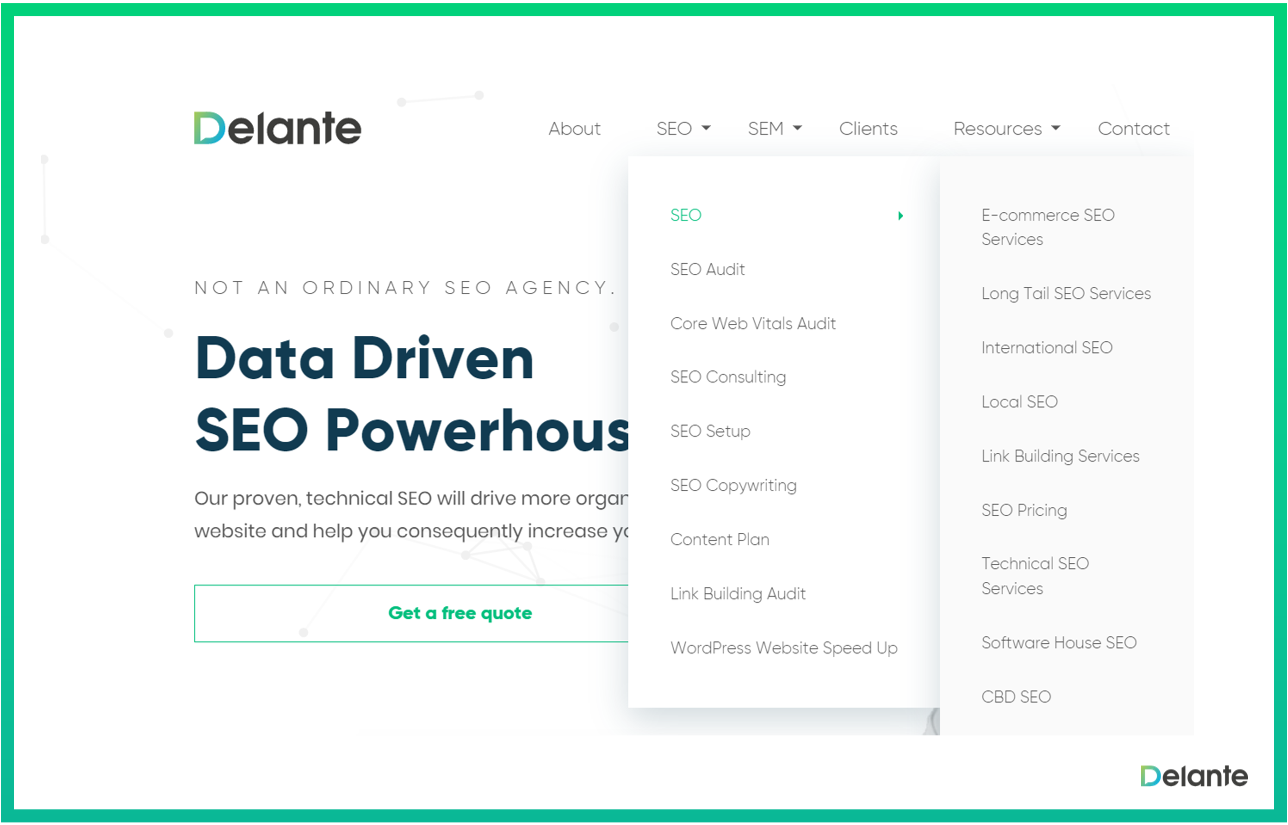
17. Website Rendering
Website rendering in SEO is about Google robots retrieving your website, running your code, analyzing the content, and understanding your page structure, and layout. The information search engine robots collect during the rendering process is then used to evaluate the quality of your page and juxtapose it with other websites. This means that page elements or content that can’t be rendered don’t contribute to the ranking, and aren’t indexed. For this reason, it’s worth making sure that you deliver your content in the right form so that it can be easily rendered.18. Website Indexing
Indexing is the process when search engine robots organize and analyze your page content. Why do they do it? To ensure that they’re able to quickly provide users with results corresponding to their queries and meeting their needs. Optimizing your website so that it can be indexed is crucial to appear in the SERPs. If you don’t do it, Google may not reach and show users important pages within your site. This may result in decreased traffic and poor UX. Website indexing is when Google robots go from link to link and scan page content. How do they navigate your website? They use either previous tracking data or a sitemap we’ve mentioned earlier in this entry. Once they process the page, they analyze elements such as content quality, keywords, metadata, links, or the number of words per page, to determine your position in the ranking. Are you wondering how to improve your website indexing?- Check any indexing and crawl issues in Google Search Console,
- Create a sitemap, and submit it to Google Search Console,
- Use the noindex tag to block pages you don’t want to be crawled,
- Build an internal link structure.
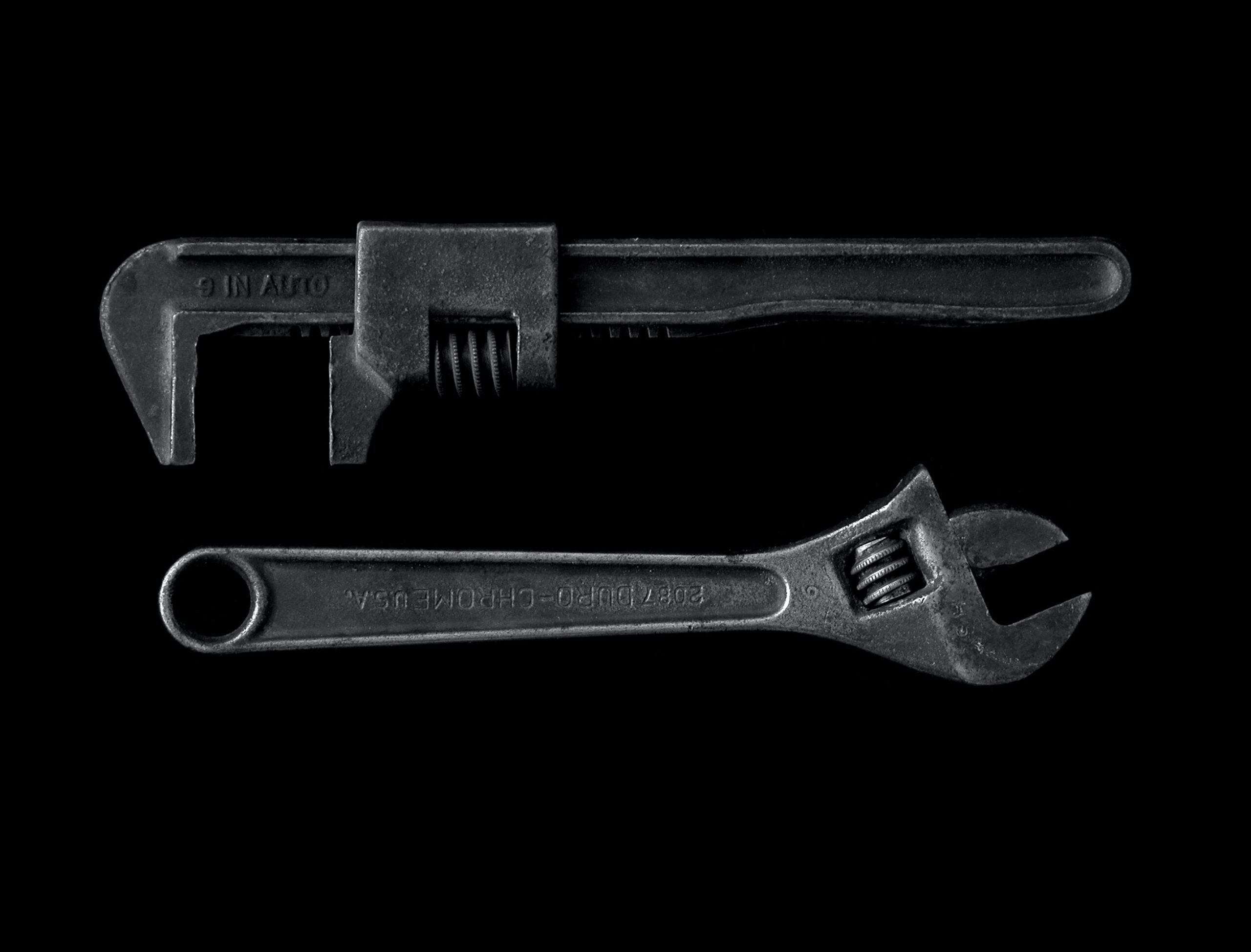



![How to Create an Ad That Will STAND Out? + [VIDEO]](jpg/how-to-create-ads-that-stand-out.jpg)









